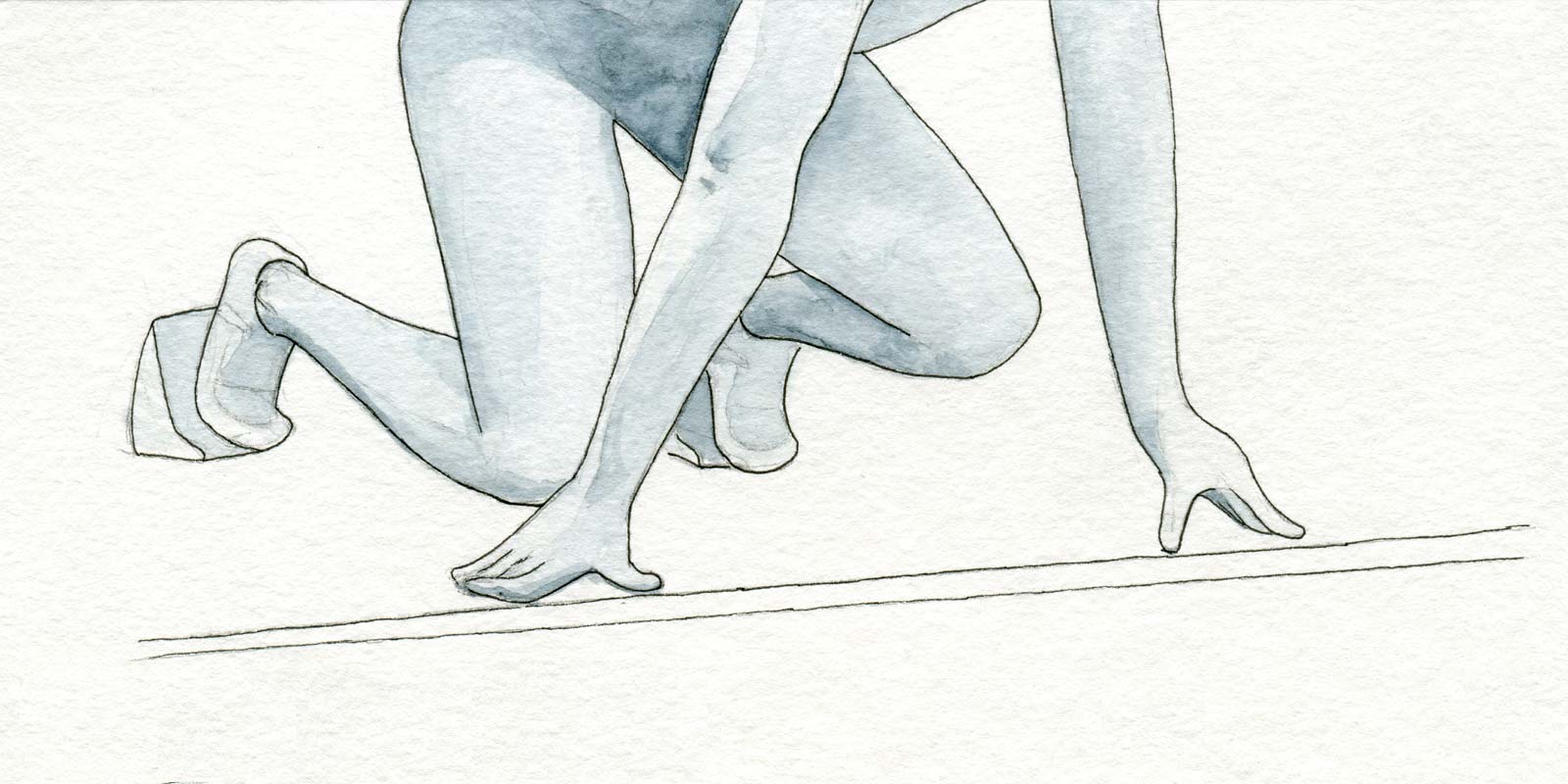The opportunities to be successful don’t necessarily come when you’re ready for them. The prerequisites for being a successful experience designer are maddeningly slippery, ranging from graphic design, industrial design, computer science, sociology, psychology, and in more recent years, dedicated HCI or experience design programs. Though going down a particular path will not necessarily lead you to your dream job, don’t discount where you’re at now – you may be more ready than you think you are.
Formal training only gets you so far
A formal education in design provides a useful traditional foundation, and a structure that can give you confidence in embarking on projects. It will also give you a significant leg up in being noticed and sought after by companies. However…a lack of one won’t block you from being successful. In practice, projects (personal or professional) and the wealth of information out there can provide a powerful self-taught alternative.
It’s also not necessarily sufficient to train you for everything you’ll encounter. No matter how aligned your coursework is to the job you’re hoping for, your process will change as you do the work. You’ll learn what works best for particular teams, users, and technologies as you go. Users will surprise you. And there will almost always other people you can learn from if you think to ask – not just designers, but product manager, engineers, customer support, quality engineers, salespeople…anyone who’s also been thinking about what people need and the pros/cons of different approaches. An intelligent question shows that you’re thinking, and admitting you don’t know (but want to learn), paradoxically, can build your credibility.
Technologies change
Sometimes the opportunity you’re interested in seems to call for a specific technology. Keep in mind that job descriptions aren’t necessarily a direct reflection of the exact skills you need to be successful. Something they’re a superset of what would be ideal, reflecting the total range of skills found across a whole team (not found in an individual). Sometimes they describe the skills of the previous designer, skills that may have been learned over time while on the job.
Unless you’re writing code as part of a bigger project, it’s likely that you can get your job done in ways that aren’t necessarily that particular technology. There are a lot of ways to communicate flows and create designs. As long as you’re comfortable with one way to get these ideas across, you can learn other ways as needed. You’ll likely need to learn other tools as you move between teams that standardize on different tools, or as technologies rise or fall in popularity.
Why not you?
Maybe you’re worried you’re not as good as a given Rockstar Designer. It can be tough to shake the feeling that someone else might be more suitable for that role, but don’t let that stop you from moving forward. If you have someone particular in mind, perhaps that designer would be amenable to giving you feedback along the way? If not that particular designer, find others. Not only will the feedback help sharpen your thinking, it can also build working relationships that can open up opportunities in the future.
Just emulating a Rockstar’s approach to interacting with others may be enough to get your brain over that initial lack of confidence. Caveat: don’t do this unless you genuinely respect them as a person. No one company or team is indicative of the entire industry…and the behaviors that are being rewarded in a particular company may not fly elsewhere. Trust your instinct.
If you’re considering doing something new that sounds interesting or meaningful, take heart that the spark of interest is enough to help you find your way to doing it. That feeling of not being completely ready can be a good thing. It makes you more open to learning the reality of the situation now. It means you can see your current knowledge as just a starting point: as useful data to base your theories upon for further exploration. Show your adaptability. You’re ready.


Leave a Reply